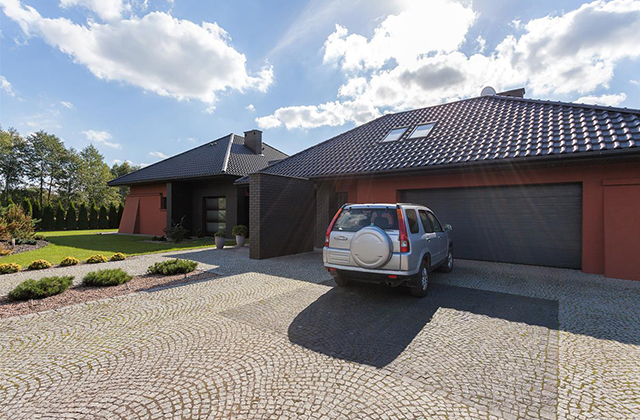How to Renew Concrete Surfaces
In the past, when a concrete patio or driveway started to show serious signs of aging, using a jackhammer or bringing in a bulldozer were the only repair options. Today there are more practical alternatives. If you’re thinking about installing a driveway, it’s important to consider a couple of different things like cost of new driveway Perth.
Polymer-based cement resurfacers are formulated to transform cracked, spalled, weatherworn concrete to like-new condition. The top dressing we used, Ardex All-Purpose Concrete Resurfacer, is made of portland cement and high-performance polymers. It’s mixed with water and applied with a steel trowel, squeegee or push broom to a thickness of only 1/16 inch. One 20-lb. bag costs about $25 and covers 50 to 60 square feet. (The average concrete driveway is about 500 square feet.)
Besides patios and driveways, Ardex can be used to resurface concrete stairs, sidewalks, garage floors, and most vertical surfaces. For our project, we resurfaced a 9 X 27-foot driveway and 3 X 18-foot walkway using six bags of Ardex. It took two people five hours to complete the job. The work isn’t particularly difficult, but the pace is frenetic. Once the water is mixed in, you’ve got less than 30 minutes to apply the concrete dressing.
For optimum results, work on a day with low humidity, no rain and an air temperature ranging between 70° and 75°F. The surface temperature of the existing concrete must be at least 50°F.
Fill the Cracks
Patch all cracks, crevices, and holes in the old concrete surface. For hairline cracks up to 1/8 inch wide, mix four parts of Ardex Concrete Dressing to one part water. Force the thick paste into the cracks with a putty knife. For larger cracks up to 1/2 inch wide, use concrete-repair caulk. Squeeze the caulk into the cracks with a caulking gun, and smooth it with a putty knife.
Mask Expansions
Large concrete slabs are typically divided into sections by expansion joints, which help control cracking. The ½- to ½-inch-wide joints are usually filled with asphalt-saturated felt, a wood 1×4 or plastic channel. These joints must remain exposed to allow the slab to expand and contract; don’t cover them with the cement top dressing. Mask each expansion joint with a strip of duct tape.
Mix Concrete
Use a 650-rpm, ½-inch drill motor and a heavy-duty mixing paddle to mix the concrete dressing to a smooth consistency. Pour 2½ quarts of water into a clean 5-gallon bucket. Add a 20-pound bag of the dressing and mix continuously for two minutes. Lift out the paddle and stand it in a bucket of clean water.
Spread the Dressing
Pour the dressing onto the slab and immediately spread it out. Meanwhile, have a helper mix the next batch. For small areas, like walkways and stairs, spread the dressing with a flat steel trowel. Press down hard to force the dressing into every crevice.
Texture the Surface
Carefully draw a medium-bristle push broom across the wet areas to create a textured, slip-resistant surface. If you notice any bare spots, add more concrete dressing with a trowel, and brush the area again.
Spreading on Large Areas
For larger areas, such as patios or driveways, spread the dressing with a long-handle squeegee. Press down hard to fill all surface imperfections. Follow up with the push broom.
Finish up
Pull up the duct tape from the expansion joints immediately after sweeping the surface. The surface can be walked on after about two hours, but don’t drive your car on it for at least six hours. After 24 hours, protect the new surface with a clear, waterborne masonry sealer.

